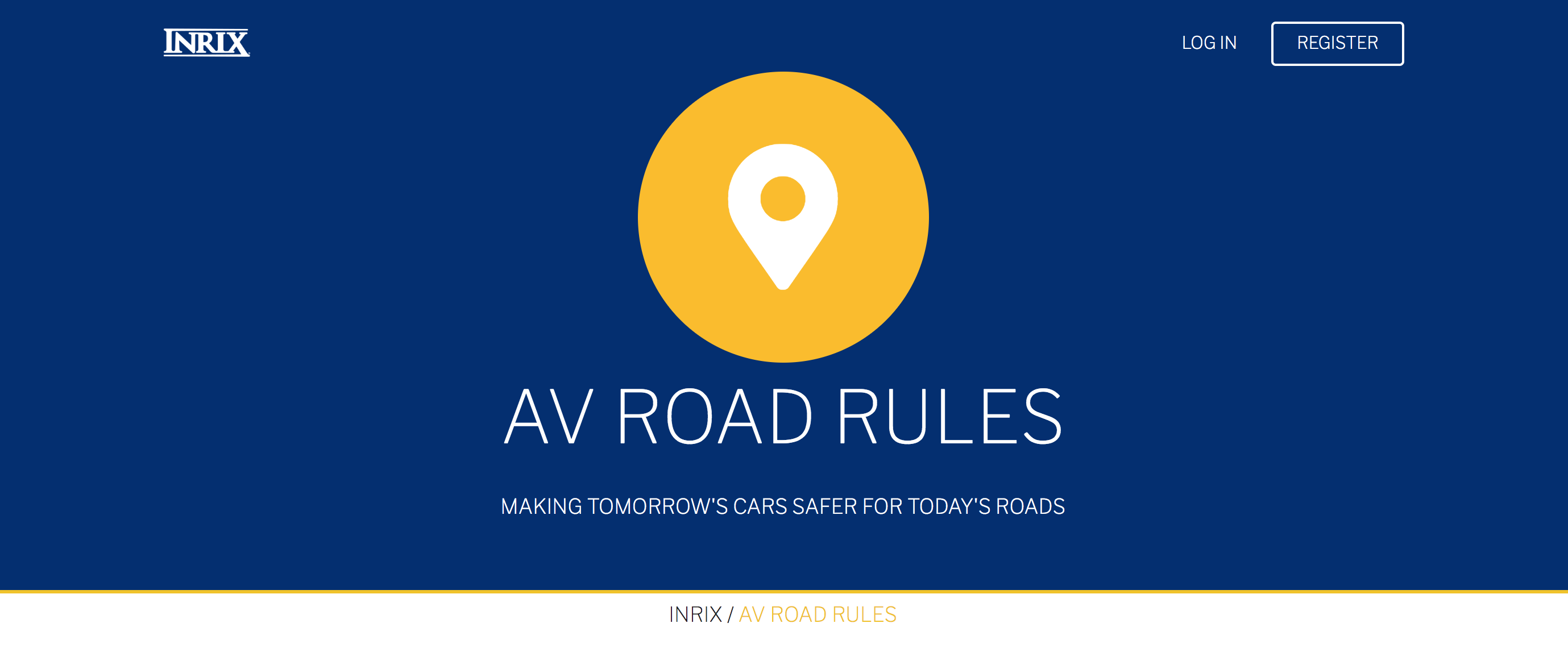

The technology underlying autonomous vehicles is advancing rapidly. Sensors are getting more precise and less expensive, sensor fusion more refined, and machine learning more sophisticated. However, there are real-world challenges to successful deployment that technology alone hasn’t been able to address, ranging from consumer acceptance to dealing with complexities of real-world roadways.
For more than a century, terrestrial-based signs and pavement markings have been used to communicate rules and restrictions to human drivers. Despite the occasional confusing intersection, missing or obscured sign, or worn lane marking in springtime, this system has worked quite well. Current HD mapping solutions for highly automated vehicles (HAVs) are very good at establishing the location of an object to centimeter-level precision; however, it’s much more challenging to understand the context of that traffic sign and the rule(s) it’s communicating. The current process for understanding signs and lane striping leverages onboard sensors, computer vision, machine learning, third-party datasets, and/or rules manually input to understand roadway guidelines. This approach operates on a confidence interval and is not ground-truth; it is costly (resources and dollars); and it increases the chance of rule violations due to unclear or missing signs or lane striping.
In conversations with more than 100 cities, states and federal lawmakers and dozens of companies building and operating highly automated vehicles, the data gap surrounding traffic rules and restrictions was clear. More so, there’s been frustration around communicating rules of the road to vehicles. Today, INRIX AV Road Rules will fill that gap.
INRIX AV Road Rules provides an easy to use platform for cities to digitize, validate and manage the traffic rules and restrictions for areas where HAVs will be operating. At launch the platform will include support for more than a dozen fixed and variable rules (stop signs, crosswalks, turn restrictions, bike lanes, school zones, speed limits, etc.) that INRIX and its partners have identified. In future iterations the platform will include support of dynamic rules that can adjust to optimize traffic flow based on real-world conditions. This information is then served up to HAV operators via open API to allow access to verified, ground-truth data that will support safe and effective operation. Additionally, the AV Road Rules platform facilitates vehicles reporting infrastructure needs they encounter back to the AVRR platform for the city to address, which improves safety and performance for all road users. We’ve created a short that does a great job explaining how the platform works.
At launch, seven cities and road authorities and four HAV operators have signed on to support INRIX AV Road Rules, and many more have expressed interest in joining when it expands later this year. The initial set of pilot users includes cities and road authorities with a variety of sizes, climates and geographies: Austin, TX; Boston, MA; Cambridge MA; Portland, ME; Regional Transportation Commission of Southern Nevada which includes Las Vegas; Transport for West Midlands and Transport Scotland in the UK. Automakers and operators slated to use the platform at launch include: Jaguar Land Rover, May Mobility, nuTonomy (an Aptiv company) and operators running Renovo’s Aware platform. This initial set of partners was curated to help refine and expand the platform to improve a crucial tool for road authorities to fulfill their traditional role of setting and maintaining traffic rules and restrictions.
We’re already hearing interesting new ways that our launch partners would like to leverage the AV Road Rules platform, from cataloging street lamp locations to understand on-road lighting conditions; to identifying areas of high-frequency jaywalkers or children present, which could allow redesign to support safer streets for vulnerable populations; to integrating data from multimodal services like bike and car shares. It’s exciting to see our partners – both public sector and private sector – exploring the potential for a platform that positions cities to play a more active role in 21st century transportation management and fills key data needs for HAVs.
Watch this space in the months to come for updates on how the platform is developing and for commentary from our partners on how AV Road Rules is helping them successfully deploy HAVs.




